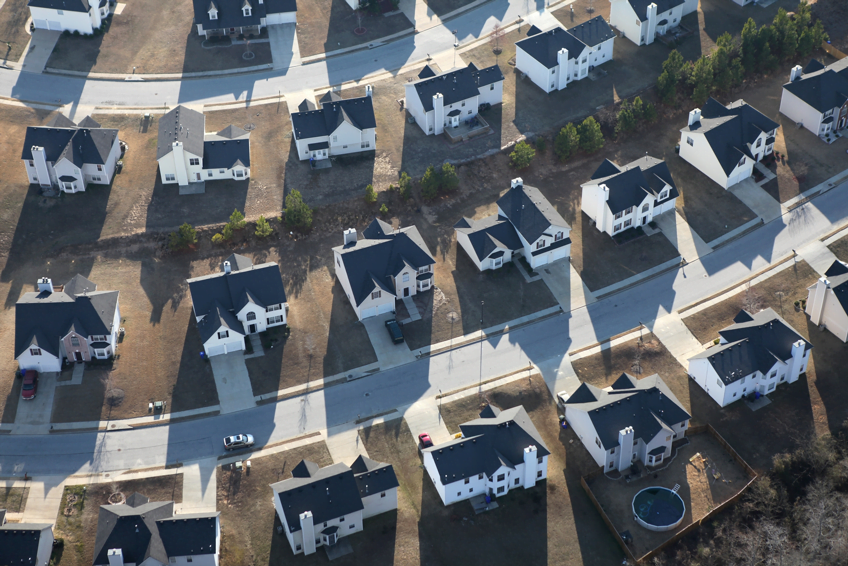Across the U.S., homebuyers are willing to spend more money to buy an urban dwelling than a suburban home. However, California’s unique geography makes suburban living more desirable for those with money.
Average U.S. home values in suburban areas are traditionally higher than urban home values. This trend reversed in late-2014, and going into 2016 the average urban home is valued 2% higher than the average suburban home, according to Zillow.
But comparing urban and suburban homes is kind of like comparing apples and porter house steaks — there are a lot more differences than similarities. Urban homes are smaller, in denser communities, nearer to amenities and plentiful jobs… whereas suburban homes have larger lots, more square footage and are low on walkability.
Therefore, it’s more helpful to use a price-per-square-foot analysis. Using this metric, urban homes have been far more expensive than suburban homes since 1999. Going into 2016, urban square footage is valued 25% higher than suburban square footage. This indicates homebuyers are willing to buy smaller homes in urban centers, even though they qualify for a larger home at the same price outside the city.
California bucks the trend
The trend looks different in California. Homes are more expensive in suburban areas than in urban Los Angeles, Riverside, Sacramento, San Diego and San Jose. This is true for both average home values and by price-per-square-foot.
The San Francisco Bay Area is the exception in California — here, homebuyers are far more willing to spend money on urban homes than suburban abodes.
Why is California so different from the rest of the nation?
One reason is the walkability of California’s cities. For instance, city living on the East Coast of the U.S. brings to mind quaint shops, parks and easily accessible public transportation — all desirable amenities, and all relics of an earlier time in U.S. history. However, California’s cities are newer, and thus designed with the automobile in mind. Therefore, the things that make city living attractive across much of the U.S. don’t usually apply here in California.
As usual, San Francisco is exempt from the general rule. While Bay Area Rapid Transit (BART) has its limitations, San Francisco is the only California city which successfully enables its residents to actually get around on its rail system. For comparison, Los Angeles’ Metro Rail transports less than 4% of Los Angeles’ population each weekday, compared to a full 50% of San Francisco’s population using BART each weekday.
Further, San Francisco’s average Walk Score is 84 out of 100, meaning a car is unnecessary. The Walk Scores in California’s other cities are much lower, at 64 in Los Angeles and below 50 in all of California’s other major cities.
Agents profit from this knowledge
Unless you’re a real estate professional in San Francisco, suburban homes continue to cost more than their urban equivalents. This is helpful to know when assisting today’s first-time homebuyer, who typically has a lower down payment and smaller budget than more seasoned homebuyers. Fortunately, this young generation is also more likely to prefer to live in the city over the suburbs. 48% of Generation Y (those born in the 1980s and 1990s) currently live in the city, while 24% live in suburbs.
Therefore, if your homebuyer client is struggling to qualify for the home they want in suburbia, consider looking closer to downtown for a better deal. This may mean growing your territory, which can eventually result in a bigger client base.















BART is a transit system for the S.F. Bay Area. Very few S.F. residents use BART. That 50% figure given here for S.F. weekday transport must refer to MUNI, S.F.’s Municipal Transportation Agency. S.F. also has a substantial bicycle commute population.